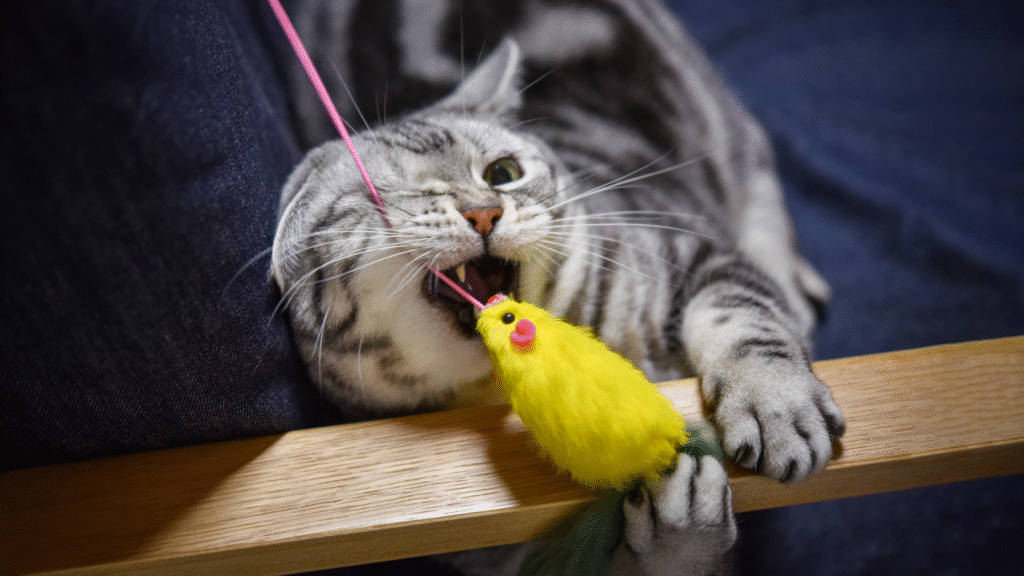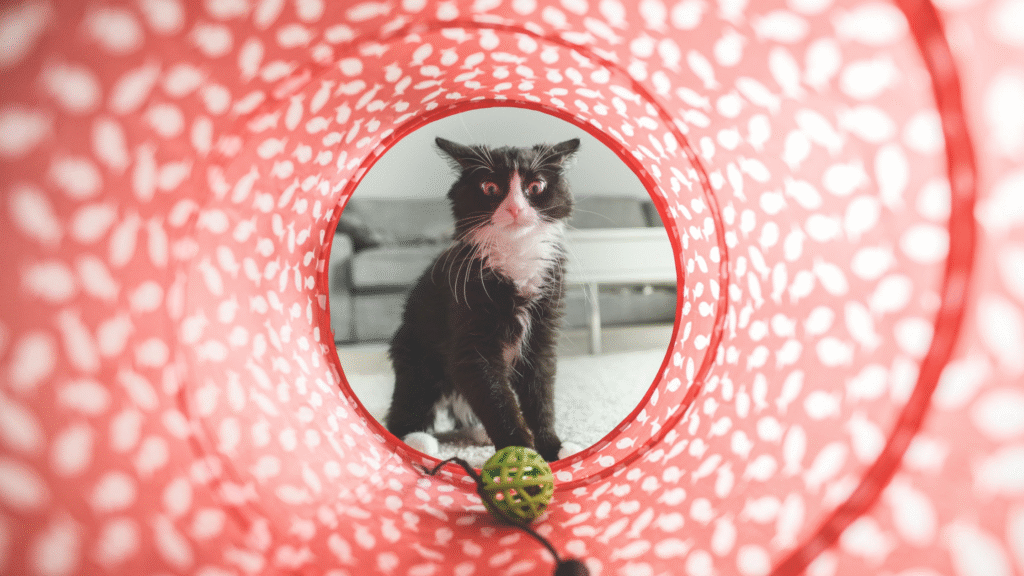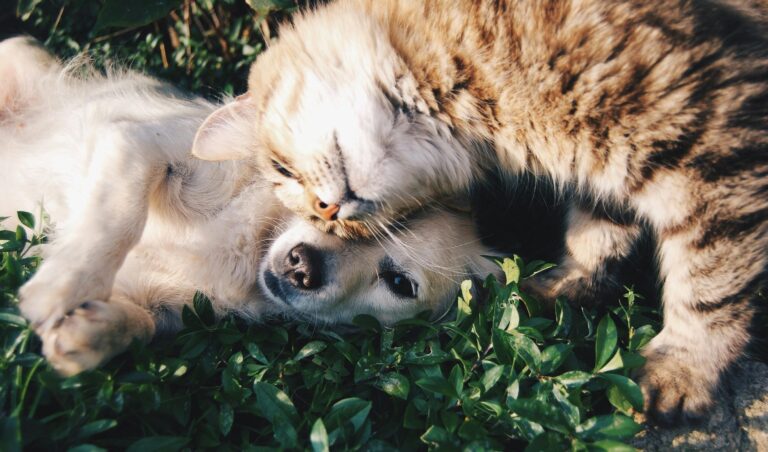Introduction: Exercise Is Medicine
Just like in humans, regular physical activity is one of the most effective, natural ways to maintain your pet’s health and longevity. Exercise supports the cardiovascular system, maintains muscle tone, prevents obesity, and plays a key role in emotional well-being.
As veterinarians, our role goes beyond treating disease — it’s about helping pet parents create sustainable, species-appropriate routines that enrich both body and mind.
However, “exercise” means very different things depending on whether your patient has four long legs or retractable claws. A Border Collie’s needs differ drastically from a Persian cat’s — and within each species, factors such as age, breed, body condition, and underlying health make a huge difference.
Let’s explore how to design an individualized, healthy exercise plan for both dogs and cats — one that prevents injury, supports mobility, and enhances quality of life.
Exercise for Dogs: Beyond the Daily Walk
1. Assessing the Individual Dog
Before recommending an exercise plan, start with a comprehensive evaluation:
- Breed & genetics: Working and sporting breeds (e.g., Australian Shepherds, Pointers) need high-intensity activity to stay mentally balanced, while brachycephalic breeds (e.g., Bulldogs, Pugs) require gentler, low-impact sessions.
- Age: Puppies benefit from short, controlled bursts of play to protect developing joints; seniors thrive on low-impact endurance like swimming or leash walks.
- Body condition: Overweight dogs need gradual progression — avoid high-impact activities until the joints are supported by adequate muscle and weight reduction.
- Medical history: Check for cardiac issues, orthopedic diseases (hip dysplasia, cruciate ligament injury), and respiratory limitations.
2. Building a Balanced Exercise Routine
A healthy canine fitness plan should blend aerobic, strength, flexibility, and mental stimulation:
| Type of Exercise | Example | Frequency | Benefits |
|---|---|---|---|
| Aerobic | Brisk walks, hiking, swimming | Daily | Heart health, stamina |
| Strength | Uphill walking, tug games, obstacle work | 2–3×/week | Muscle tone, joint support |
| Flexibility | Stretching, balance training | 3×/week | Prevents injury |
| Mental stimulation | Nose work, agility, obedience tasks | Daily | Cognitive balance, stress reduction |

3. Signs of Overexertion
Veterinarians should educate pet owners to recognize fatigue and strain early:
- Excessive panting beyond 10 minutes post-exercise
- Limping or reluctance to move
- Disinterest in usual play
- Change in appetite or sleep pattern
If these symptoms persist, recommend rest, hydration, and a follow-up evaluation.
4. Enrichment Counts as Exercise
Not all dogs need long runs — mental exercise can tire them out more effectively than physical effort alone.
Interactive feeding, scent trails, and problem-solving games can substitute for strenuous activity, especially for dogs in recovery or with limited mobility.
Healthy Exercise for Cats: From Couch to Hunter

1. Understanding Feline Motivation
Unlike dogs, cats are solitary hunters — their activity is driven by short bursts of high intensity followed by long rest periods. In nature, a cat spends much of the day stalking and pouncing; in domestic life, they may need encouragement to replicate that instinctual cycle.
Sedentary indoor cats face a higher risk of obesity, diabetes, and degenerative joint disease, but with proper guidance, even the laziest feline can rediscover their inner hunter.
2. Designing a Cat Exercise Plan
| Type of Activity | Examples | Duration | Frequency |
|---|---|---|---|
| Interactive play | Wand toys, laser pointers, feather teasers | 5–15 minutes | 2×/day |
| Environmental enrichment | Cat trees, climbing shelves, tunnels | All day | Constant exploration |
| Food-motivated activity | Puzzle feeders, scatter feeding | Meal times | Mental & physical engagement |
| Training | Clicker sessions, recall games | 5 minutes | 3–5×/week |
For overweight cats, recommend short, frequent sessions that avoid stress on joints. Gradual increase is key.
3. Safety and Common Mistakes
- Avoid forced exercise — cats resist compulsion, which may lead to stress or injury.
- Prevent overheating, especially in obese or long-haired cats.
- Use toys that mimic prey movements — erratic, unpredictable, and ground-level.
4. Multi-Cat Households
Encourage pet owners to separate play sessions for each cat. Hierarchy and stress can suppress activity levels in less dominant cats. Provide multiple play areas and resting spots.

Balancing Health, Lifestyle, and Enjoyment
Both dogs and cats benefit when exercise is consistent, safe, and fun. Veterinarians can enhance compliance by helping owners:
- Set realistic goals — Start small, build confidence.
- Monitor body condition — Use BCS charts every 4–6 weeks.
- Adapt with age — Shift from high-impact to low-impact activities as pets mature.
- Integrate enrichment — Cognitive play reduces anxiety, destructive behavior, and obesity risk.
Exercise prescriptions can even be part of a preventive wellness plan, included in post-checkup recommendations or rehabilitation protocols.
Final Thoughts: Prescribing Joy, One Walk or Playtime at a Time
Healthy exercise isn’t about intensity — it’s about alignment between a pet’s biology and lifestyle.
For dogs, it’s the daily opportunity to explore, move, and bond.
For cats, it’s the instinctual thrill of the hunt.
As veterinarians, guiding pet owners to recognize and respect these needs transforms “routine exercise” into preventive medicine that heals body and spirit alike.







